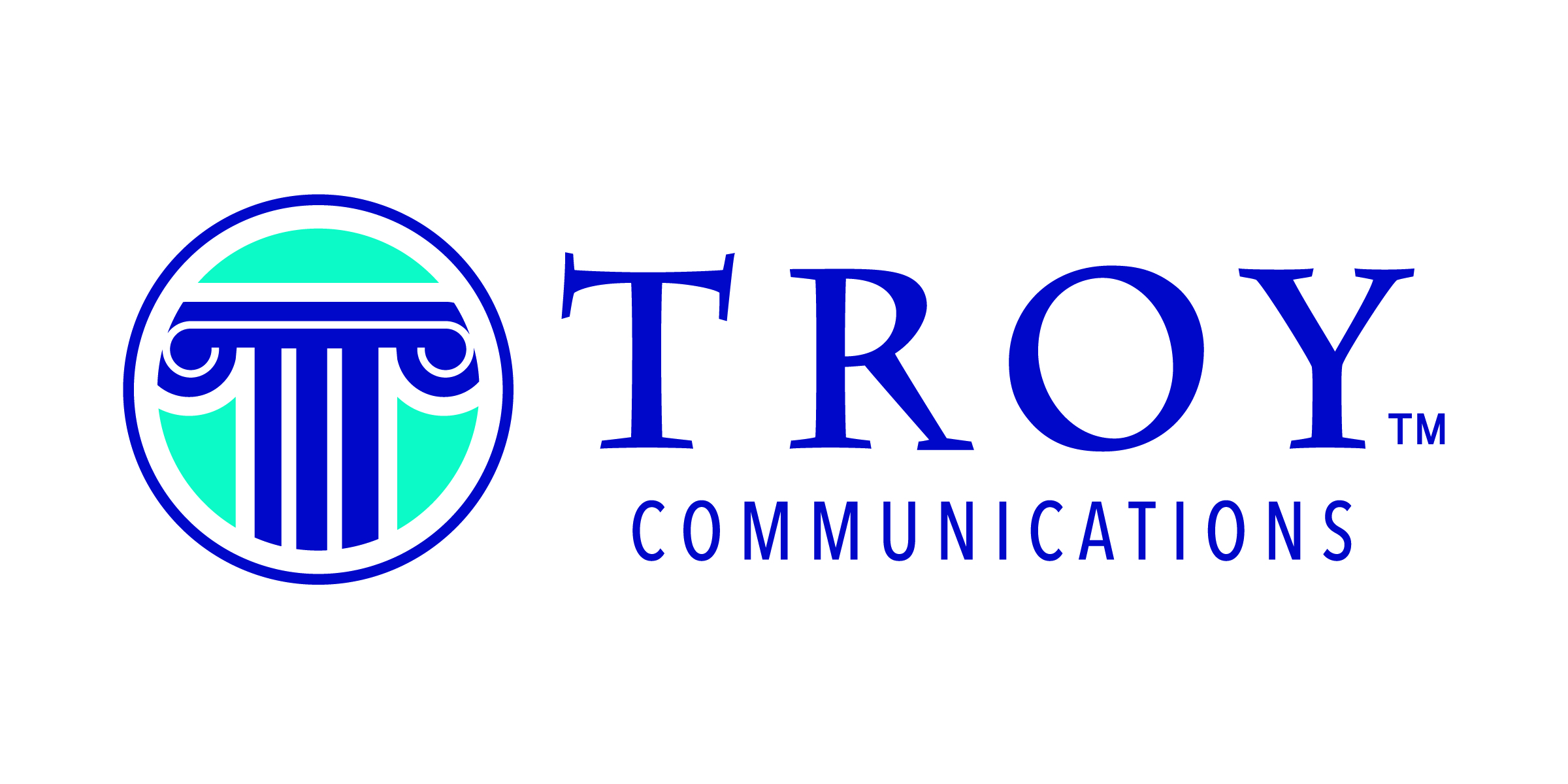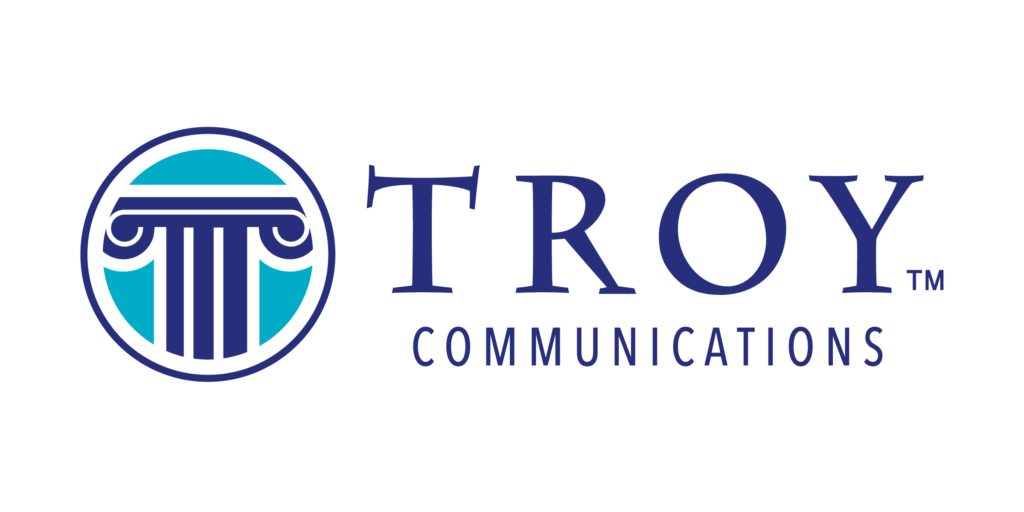By Tasha M. Troy
I’m sure we all know someone who is never satisfied with simply doing a good job; they have to reach higher and go “above and beyond the call of duty.” In fact, that might be you!
Even as a child, I had a drive to excel, stemming in part from a perfectionist tendency in my personality. I have been fortunate to be surrounded with people with similar drives for most of my life.
The Pain of Discontent
However, just a few years ago, I was no longer content with the reach of my influence. I wanted more.
- After coaching hundreds of training participants to give presentations, I wanted to give my own presentations.
- After training clients in negotiation strategies, I wanted to help those people in my life who needed the same training.
- After helping trainees gain a greater clarity in cross-cultural situations, I wanted to expand my circle and help even more people gain that clarity.
I decided to take my personal and professional development to a new level. I am an avid reader, so of course I started reading up in the areas of leadership, influence, and negotiation, but I wasn’t always able to implement that learning in my environment.
I had been in a particular role at work for several years, and it appeared that I had grown to the extent that my environment would allow. When I reached the end of my own ability to grow where I was, the tension I felt caused that hunger I felt to become even stronger.
That’s when I decided to hire a personal career coach.
Benefits of Coaching
While working with a personal coach didn’t make all the obstacles disappear, it did help me gain perspective and stop overthinking decisions. Through my growing awareness in the coaching sessions, I gained the confidence to push out of my comfort zone and to step out into new areas. I haven’t looked back.
In fact, one of the first things I learned through being coached was how much coaching I did with those who report to me. I often believe in their potential before they do, and it is one of my greatest joys to guide them into living from a place of strength and confidence.
Today, as I continue to work with a coach, the partnership serves me in several ways:
- It provides an outside perspective for making decisions.
- It serves as a sounding board and creative thinking partner for thinking through projects.
- It challenges my assumptions when trying to make sense of situations.
- It reminds me of my accomplishments when I feel bad about my progress.
- It provides accountability as I am pursing my goals.
Is Coaching for You?
Coaching isn’t for everyone. Many people are discontented with their situation and want to see things change. However, I believe it was Tony Robbins who said that “change happens when the pain of staying the same is greater than the pain of change.” Until you reach that threshold, change will not happen. Have you?
If you have been reading my blog and felt a growing desire to move forward in the areas of professional communication, leadership, and intercultural intelligence skills, I invite you to explore what a coaching partnership could mean for you.
Take It Deeper
Sometimes it’s hard to know where to start. If you would like to go deeper on this topic, I hold free exploratory coaching sessions each week. You can register online at Troy Communications or email me to schedule an appointment at TMTroy@TroyCommunications.Net
If you enjoyed this article and would like to receive these monthly posts in your inbox, you can subscribe at Troy Communications Blog.
To learn more about executive or career coaching, check out this article from the Harvard Business Review: What Coaches Can Do for You.




